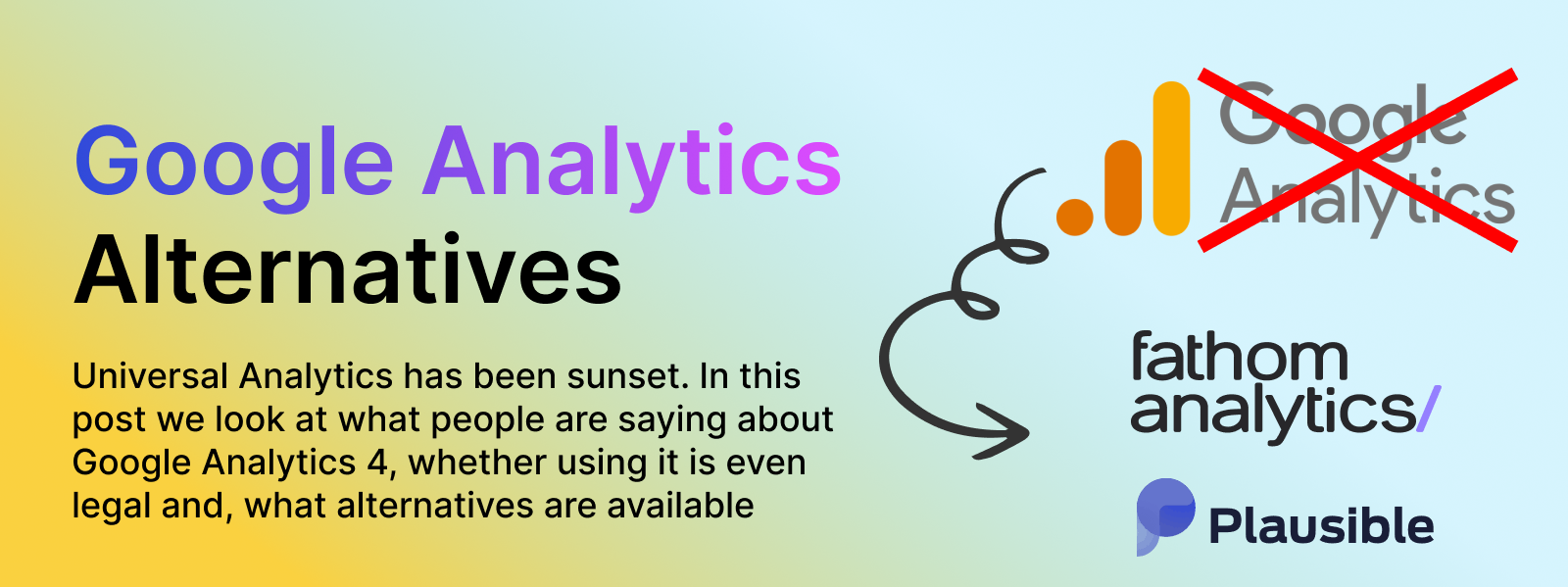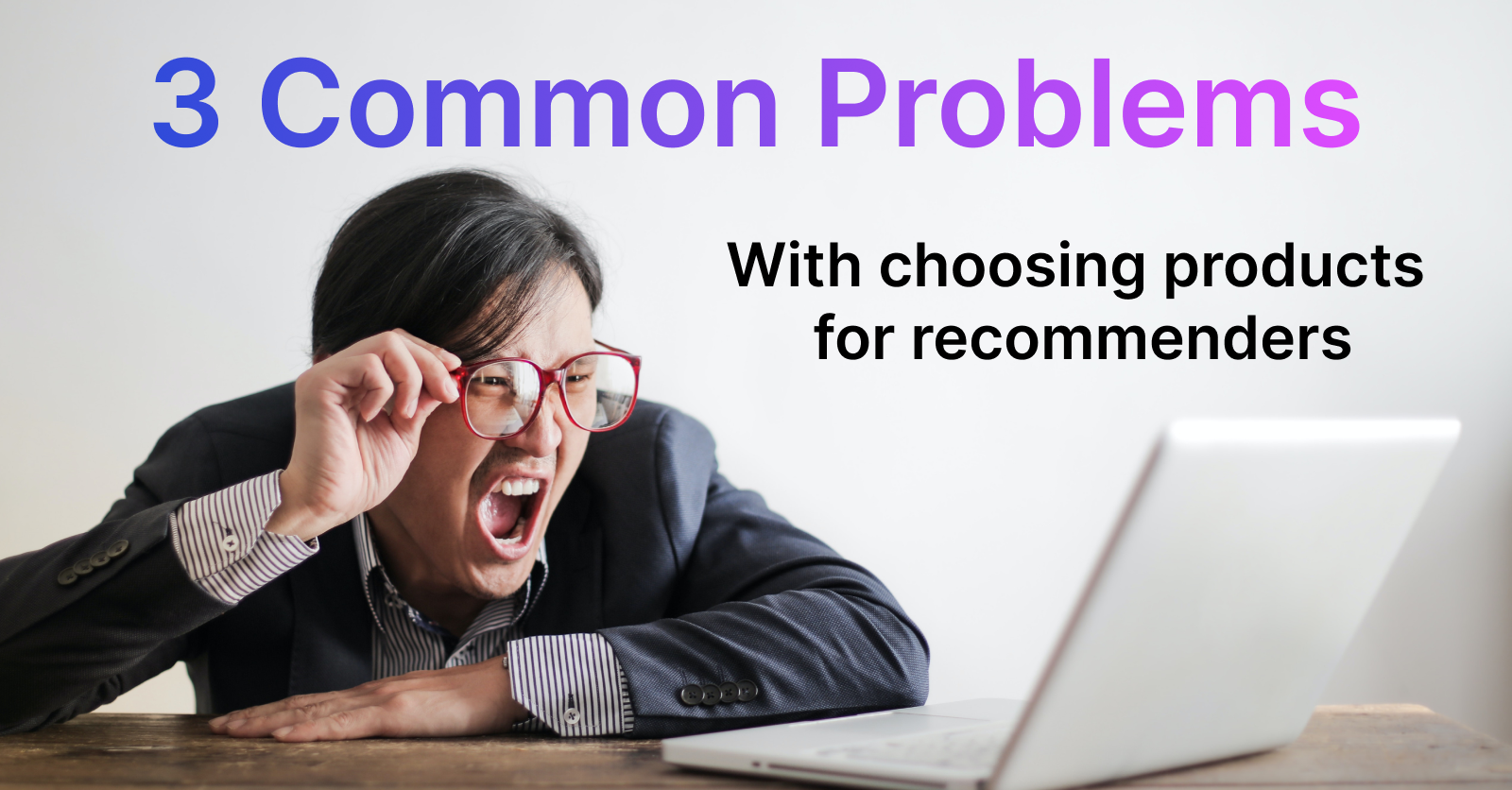AI recommendations are transforming online shopping, acting like digital personal shoppers to suggest products customers are likely to love. Here's why they matter:
- Personalized suggestions increase sales and customer satisfaction
- AI recommendations drive nearly 40% of Amazon's sales
- Even smaller stores see significant benefits (e.g., 20% conversion boost for Harney and Sons)
Key benefits of AI recommendations:
- Better personalization
- Smoother shopping experience
- Increased sales and conversions
- Improved customer loyalty
- Larger average order values
Where to use AI recommendations:
- Product pages
- Category pages
- Shopping cart
- Marketing emails
- Search results
To get started:
- Choose an AI tool that integrates with your platform
- Gather customer and product data
- Add recommendation boxes to key areas of your site
- Continuously test and improve your strategy
| Metric | What It Measures | Why It's Important |
|---|---|---|
| Click-through rate (CTR) | Engagement with recommendations | Shows if suggestions grab attention |
| Conversion rate | Purchases from suggestions | Indicates if recommendations drive sales |
| Average order value (AOV) | Spending per order | Reveals if suggestions increase cart size |
| Revenue per visitor | Overall sales impact | Shows total effect on bottom line |
By implementing AI recommendations, you can personalize the shopping experience, boost sales, and stay competitive in the e-commerce landscape.
How AI Recommendation Systems Work
AI recommendation systems power personalized product suggestions in e-commerce. They crunch data to predict what you might want to buy. Here's how they work:
User-Based Recommendations
This method asks, "What do people like me usually buy?"
Amazon uses this. If you're into sci-fi books, it'll suggest other sci-fi titles popular with similar readers.
Product-Based Recommendations
This focuses on item features you've shown interest in.
Netflix does this. Watched action movies with car chases? It'll suggest films with similar elements.
Combined Approaches
Many e-commerce sites mix both methods for better results.
Amazon's system, driving 35% of its revenue, blends user and product data. It looks at your past purchases, what similar customers bought, and product features.
Here's a quick comparison:
| Method | How It Works | Example |
|---|---|---|
| User-Based | Suggests what similar users liked | Amazon book recommendations |
| Product-Based | Suggests items with similar features | Netflix movie recommendations |
| Combined | Uses both user and product data | Amazon's hybrid system |
Benefits of AI Recommendations for Online Stores
AI recommendations are game-changers for e-commerce. Here's how they can boost your online store's revenue:
Better Personalization
AI digs into customer data to offer spot-on product suggestions. It's like having a friend who knows your style perfectly.
Sephora uses AI to recommend beauty products based on skin type, past purchases, and preferences. Result? More sales and happier customers.
Smoother Shopping
Think of AI as your personal shopping assistant. It guides customers to products they'll love, making shopping a breeze.
Amazon's "Customers who bought this item also bought" feature? That's AI in action, helping you find related items fast.
Sales Boost
AI recommendations can seriously pump up your conversions. They show customers products they're likely to buy - often ones they might've missed.
| Company | AI Impact |
|---|---|
| Amazon | 35% of revenue from AI recommendations |
| Netflix | 75% of viewer activity influenced by AI |
Customer Loyalty
When shoppers easily find what they want, they come back. It's that simple.
Starbucks uses AI to analyze app data and offer personalized deals. The result? More engaged customers who keep coming back for their coffee fix.
Bigger Carts
AI can suggest add-ons or upgrades, increasing your average order value.
Imagine buying a sleeping bag and AI suggests a perfect tent to go with it. Suddenly, you're camping in style - and the store just doubled its sale.
Setting Up AI Recommendations in Your Online Store
Want to boost your e-commerce sales with AI? Here's how:
Pick the Right AI Tool
Look for:
- Easy platform integration
- Customization options
- Real-time data processing
- User-friendly interface
Klevu, for example, offers advanced machine learning and integrates with popular e-commerce platforms.
Gather and Use Data
AI needs data. Collect:
- Customer demographics
- Browsing history
- Purchase behavior
- Product attributes
More data = better recommendations.
Add Suggestion Boxes
Place AI recommendations where they matter:
- Home page
- Product pages
- Category pages
- Shopping cart
DIME Beauty saw a 45% increase in average order value by adding a 'Frequently Bought Together' AI algorithm to their cart drawer.
Test and Improve
Don't just set it up and forget about it:
- A/B test different strategies
- Monitor click-through rates and conversions
- Adjust based on results
| Strategy | Result |
|---|---|
| 'Frequently Bought Together' AI in cart | 45% increase in AOV |
| AI-generated content | 4% upsell order conversion |
| Conversion tools (e.g., Countdown Timer) | 51% increase in AOV |
Where to Use AI Suggestions in Your Store
AI recommendations can boost your e-commerce sales when used smartly. Here's where to put them:
On Product Pages
This is a no-brainer. Show "Customers also bought..." or "You may also like" suggestions. It helps customers find related stuff and can bump up your average order value.
Take Manssion, for example. They added a "You may also like" section to their cart page. Result? An 18.65% jump in average order value. Not too shabby.
In Product Categories
Got a big catalog? AI can help. It looks at what people browse and buy, then highlights the good stuff in each category.
In the Shopping Cart
Last-minute add-ons, anyone? AI can suggest items that go well with what's already in the cart.
| Recommendation Type | Example | What It Does |
|---|---|---|
| Frequently Bought Together | Amazon's bundles | Speeds up buying, increases order size |
| You May Also Like | Manssion's cart suggestions | 18.65% boost in average order value |
In Marketing Emails
AI picks in emails can lure customers back. Personalized suggestions based on what they've bought or browsed can spark interest.
Here's a fun fact: Companies using AI recommendations in emails saw revenue TRIPLE and average order value jump by HALF.
In Search Results
AI can make search results personal. It helps customers find what they want faster. Happy customers, more sales.
Checking If AI Suggestions Are Working
Want to know if your AI recommendations are actually boosting sales? Here's how to measure success:
Key Stats to Watch
- Click-through rate (CTR)
- Conversion rate
- Average order value (AOV)
- Revenue per visitor
| Metric | Measures | Why It's Important |
|---|---|---|
| CTR | Recommendation engagement | Shows if suggestions grab attention |
| Conversion Rate | Purchases from suggestions | Tells if recommendations drive sales |
| AOV | Spending per order | Reveals if suggestions increase cart size |
| Revenue per Visitor | Overall sales impact | Shows total effect on your bottom line |
Tracking Tools
- Google Analytics
- A/B testing platforms
- Heat mapping tools
Making Data-Driven Decisions
Analyze your numbers:
- Which product pages have the highest recommendation CTR?
- Are certain recommendation types outperforming others?
- How does AOV change with different recommendation strategies?
Use these insights to tweak your approach. If "Frequently Bought Together" bundles are killing it, feature them more prominently.
"Netflix reported that 75% of its users watch content from recommendations."
This shows how powerful good AI suggestions can be. Aim for similar engagement with your product recommendations.
Fixing Common AI Suggestion Problems
AI recommendations can boost sales, but they're not perfect. Here's how to fix common issues:
New Users and Products
The cold-start problem hits new users and products. Here's the fix:
- Use content-based recommendations
- Suggest popular items to new users
- Mix different recommendation methods
AI + Human Touch
AI needs human help sometimes:
- Have staff pick featured products
- Use customer reviews to improve AI picks
- Test AI-only vs human-assisted recommendations
Variety is Key
Don't get stuck in a recommendation loop:
- Use algorithms that mix things up
- Suggest items from related categories
- Throw in some surprises to spark interest
| Strategy | Purpose | Example |
|---|---|---|
| Content-based | Match new items to preferences | Sci-fi books for fantasy fans |
| Popularity-based | Safe bets for new users | Bestsellers for first-timers |
| Hybrid systems | Combine methods | Use behavior and item features |
| Manual curation | Add human touch | Staff "Editor's Choice" items |
| Diversity algorithms | Broaden exposure | Mix different brands or styles |
| Category expansion | Increase cross-selling | Accessories for purchased items |
Fixing these issues creates better AI recommendations. This means happier customers and more sales.
"If a business can convert a customer into trying a new category, that customer is likely to spend 5 to 10 times more through onboarding and purchases in that new activity."
This shows why diverse recommendations matter for boosting revenue.
Advanced AI Suggestion Methods
AI recommendations are getting smarter. Here's how:
Instant Personalization
AI now tailors suggestions in real-time:
- Updates recommendations in real-time as you shop
- Result? 100% boost in click-through rates
Suggesting Extra and Upgraded Items
AI helps sell pricier products:
- Analyzes past purchases and browsing habits
- Suggests pricier versions or add-ons
- Can increase average order value by 33%
Suggestions Based on Situation
AI considers when and where you're shopping:
- Time of day affects recommendations
- Your location can change suggested items
- Weather and events influence AI picks
| Method | How It Works | Result |
|---|---|---|
| Real-time Learning | Updates with each user action | 300x increase in product visibility |
| Upselling AI | Suggests premium versions | Up to 33% higher order value |
| Contextual AI | Uses time and location data | More relevant suggestions |
To use these methods:
1. Pick an AI tool that offers real-time updates
2. Use A/B testing to see what works best
3. Mix AI suggestions with human-picked items
4. Keep an eye on important numbers like click-through rates and order values
What's Next for AI Suggestions in Online Stores
AI is about to shake up online shopping. Here's what's coming:
Voice-Controlled Suggestions
Imagine asking your smart speaker to find products for you. It's happening:
- Voice commerce could hit $164 billion globally by 2025
- 62% of smart speaker owners plan to buy through voice soon
- Walmart lets you add items to your cart using Google Assistant
You might soon say, "Hey Google, find me running shoes", and get personalized suggestions based on your history.
Virtual Try-Ons
Virtual try-ons are changing how we shop for clothes, makeup, and accessories:
| Brand | Feature | Result |
|---|---|---|
| Sephora | Makeup try-on with selfies | Boosted sales during COVID-19 |
| Ray-Ban | Face-mapping for glasses | More sales, fewer returns |
| L'Oreal | Hair color experiments | Improved customer confidence |
These tools help shoppers make better choices, leading to fewer returns and more sales.
Predicting Future Purchases
AI will start guessing what you need before you do:
- Auto-reorders for regular items
- Seasonal product suggestions based on past behavior
- Gift ideas based on your friends' likes
For example, Amazon's AI might notice you buy sunscreen every summer and suggest it as the weather warms up.
As these technologies improve, online shopping will become more personal. But it's crucial to help customers, not push unwanted products. Stores that nail this balance will likely see happier customers and higher sales.
Examples of Successful AI Suggestions
Let's dive into how major online retailers have leveraged AI recommendations to boost sales and enhance customer satisfaction.
Amazon: The AI Pioneer
Amazon's been using AI for product recommendations since the late '90s. Their system is smart:
- It looks at your past purchases, cart items, and browsing history
- It drives 35% of Amazon's sales
- It uses item-to-item collaborative filtering
When you use Amazon's search bar, there's a 42% chance you'll buy something. That's huge compared to Walmart (16%) or Etsy (13%).
Sephora: Virtual Makeovers
Sephora's AI lets you try makeup without leaving your couch:
- Virtual Artist: See makeup on your face using your phone's camera
- Color IQ: Scans your skin to find the perfect foundation shade
These tools boosted sales, especially during COVID-19 lockdowns.
ASOS: Fashion Finder

ASOS uses AI to make online clothes shopping a breeze:
- Visual Search: Upload a photo, find similar clothes
- Size Helper: Suggests sizes based on your past purchases
Result? Easier shopping and fewer returns.
Carrefour: AI Shopping Assistant
In June 2023, Carrefour introduced Hopla, an AI tool that:
- Makes shopping lists for you
- Suggests recipes
- Creates personalized shopping baskets
It's AI making grocery shopping smarter and more personal.
What We Can Learn
- Use your customer data wisely
- Personalize recommendations
- Solve real customer problems
- Keep improving your AI
- Think beyond just selling products
These companies show that AI can transform online shopping, making it easier, more personal, and more fun for customers.
Wrap-Up
AI recommendations are reshaping e-commerce. Here's what you need to know:
Amazon's AI drives 35% of their sales. That's huge.
Why? AI personalizes shopping. It analyzes your data and suggests stuff you'll actually want to buy.
The results speak for themselves:
- Customer engagement jumps 6-10%
- Conversion rates can skyrocket (up to 915% in some cases)
- Average order values climb (ByteFry saw an 18% boost)
But it's not just about product suggestions. AI helps with:
- Smarter search
- Better inventory management
- Chatbots for customer support
Here's how some big players are using AI:
| Company | AI Use | Impact |
|---|---|---|
| Amazon | Item-to-item filtering | 35% of sales |
| Sephora | Virtual makeup try-ons | Boosted lockdown sales |
| ASOS | Visual search, size helper | Easier shopping, fewer returns |
| Carrefour | AI shopping assistant | Personalized lists and recipes |
As AI keeps evolving, expect even more ways for e-commerce to use smart recommendations. The future of online shopping? It's personal.





